The pottery established by Josef Strnact Jr. was one of the most prolific Bohemian potters of earthenware, terra cotta and Jugendstil majolica in the last quarter of the 19th century and first quarter of the 20th century. Little is in known about the man who founded it. What we do know is that the pottery under the name Terrekotta-Majolika-und Fayencefabrik Josef Strnact was established in 1881 in Turin-Teplitz—modern day Teplice, about 31 miles south of Dresden—in an area then part of the Austrian empire. The company initially geared its products towards a local market with utilitarian items predominating.
By 1902 the company opened a second plant in Geisingen which he called Terrekotta-Majolika-und Fayencefabrik Josef Strnact Junior. and in 1909 Strnact expanded the pottery further by purchasing the factory of Anton Heller also in Turin-Teplitz. By 1910 the company had expanded to 300 employees.
The company specialized in earthenware and terra cotta production, producing majolica decorative and functional items like tableware and tobacco paraphernalia as well as tiles, clocks and garden items. They were particularly well known for their earthenware landscape plaques.
The majority of their majolica wares were floral in the popular Jugenstil style with molded tube line work. The efficiency of this type of decoration kept costs low and expanded their growing export business proving a key aspect to their success.
Today their vases, jardinieres and humidors are of most interest to majolica collectors with a large range available.
After WW1 Teplitz was incorporated into Czechoslovakia. As a result of changing tastes and the decline of interest in majolica the company business diminished. By the late 1920s Strnact decided to limit his participation in the operation by taking on partners Karl Zöttlein and Josef Pachmann. In 1934 Strnact retired and the company was sold to Pachmann and Elly Schubert. The company closed permanently sometime before the German occupation of Czechezlovakia in 1938.
Marks
Strnact pottery is usually marked with an ink, raised, or impressed JS mark on the base, or occasionally on the side, of hollowware pieces.
Collecting Strnact pottery
Strnact majolica is not well known so it is usually quite reasonably priced in the United States with prices in Europe somewhat higher. A collection of their Art Nouveau pieces can make for a striking and inexpensive display. As cross-collectibles their humidors and clocks bring higher prices. Their earthenware plaques are most popular in Europe as tourist items.














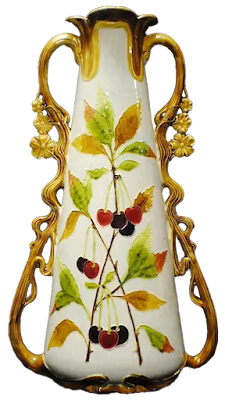
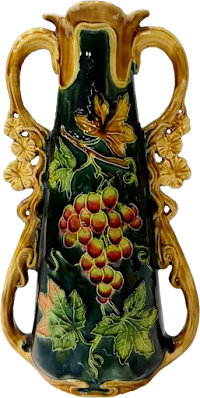









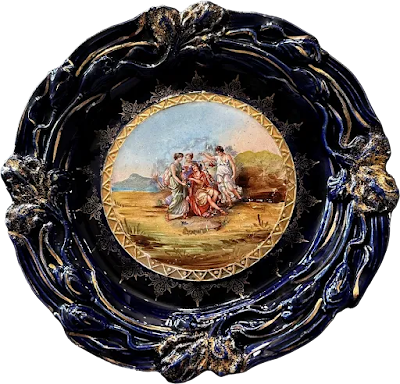










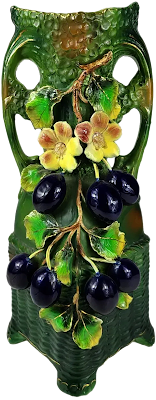






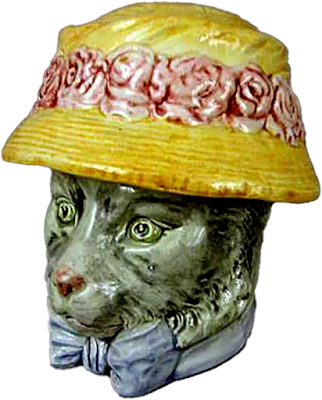










No comments:
Post a Comment